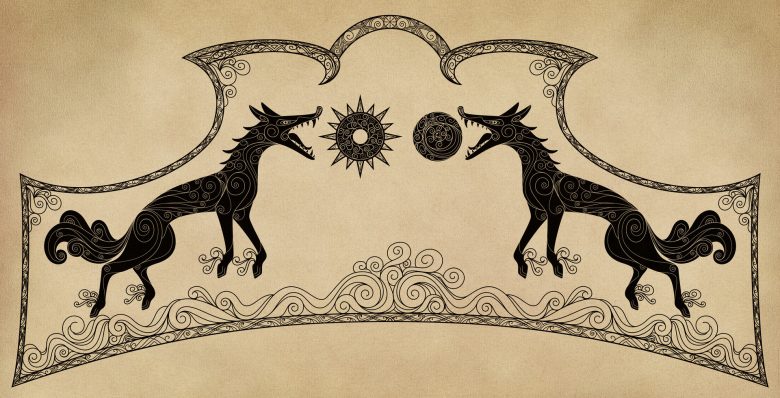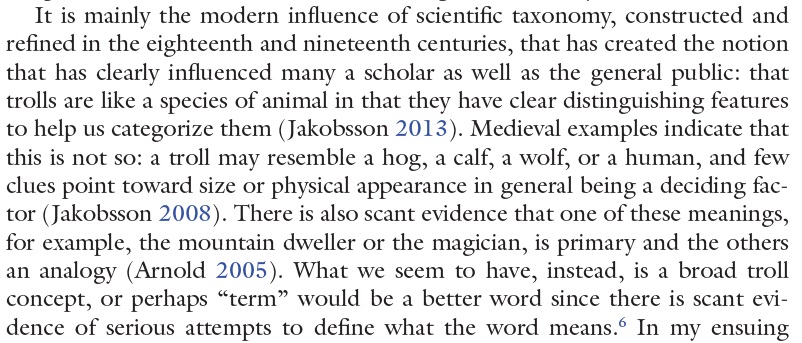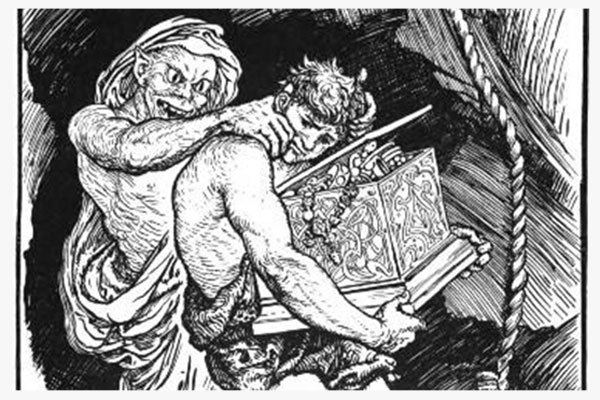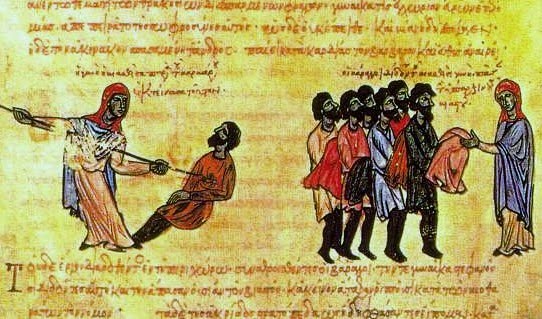Mute me if you're not interested. Otherwise, here we go....
4/
5/

6/
7/

8/

11/
Now, the Africans aren’t presented well. BUT!
13/

14/
15/
(FWIW, I also believe that the Vikings not only kidnapped N. Africans to be their slaves, but had Norse-African children by them—logic and the evidence lead in that direction)
16/
17/
19/
In the en.wikipedia.org/wiki/Hauksb%C3… Hauksbók Venus (Roman goddess) is described as behaving in an “ergi” fashion because of her many affairs. 22/
(Though lesbians are never described in the sagas & poems as “ergi.”)
23/
24/
However! This has implications.
25/
Would they have been seen as “ergi”? I tend to doubt it, because apart from being gay they weren’t “deviant.” 26/
27/
Apart from being queer, there seems to have been nothing unusual about them--in life or death.
28/
But I think the very *ordinariness* of these queer couples would have mitigated against the use of slurs thrown at them.
29/
30/
31/
Simply this: in the poems & sagas, trǫlls are the supernatural enemy, the reverse of humanity, and “ergi” (which is associated with trǫlls) describes all that is deviant & unnatural. 32/
33/
34/
35/
37/
There’s a surprising amount we don’t know about the Vikings. And over the past thirty years a lot of the traditional received wisdom has been overthrown. I think there’s more overthrowing yet to be done.
39/fin
















